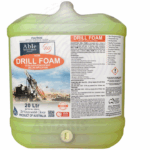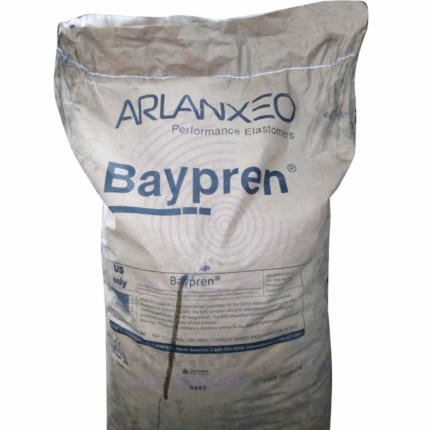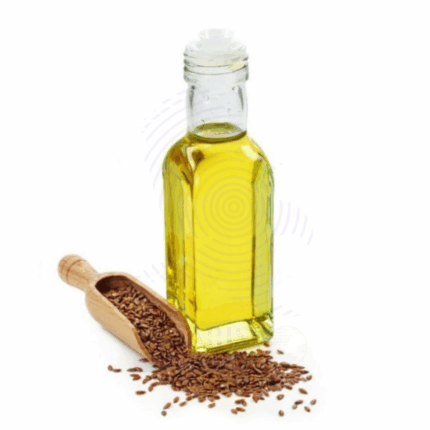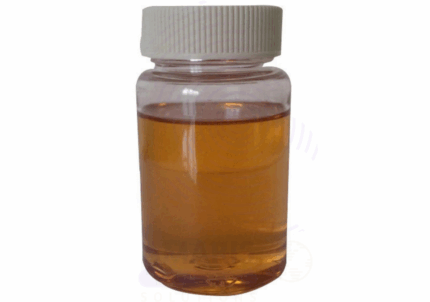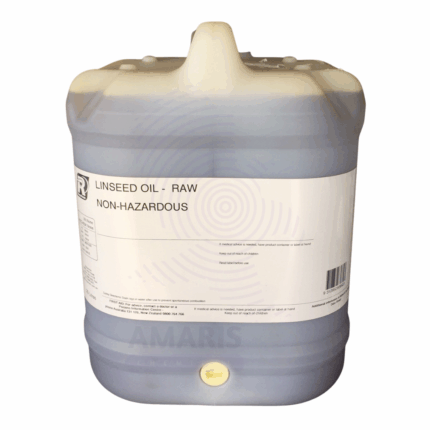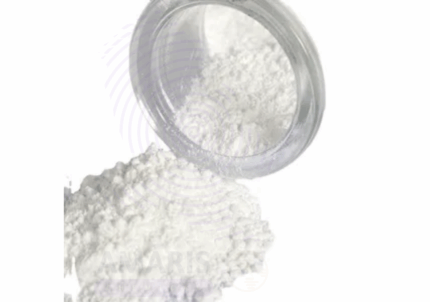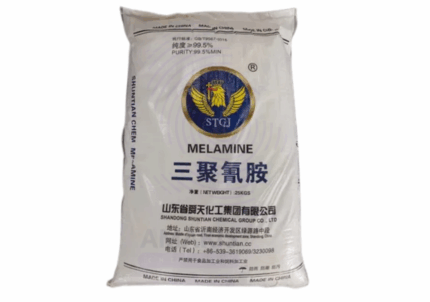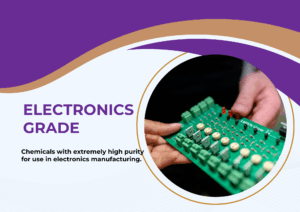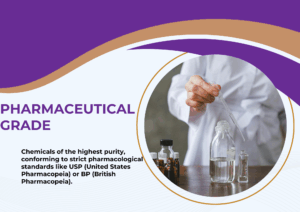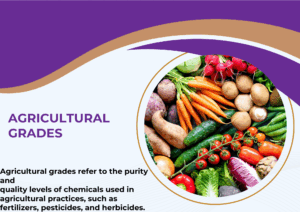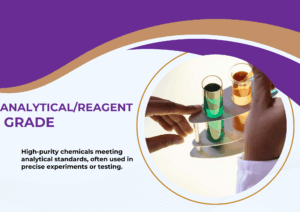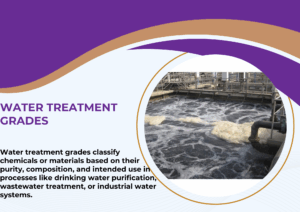Eagle Homopolymer
Whatsapp Order
Eagle Homopolymer 510/50 50% is a high-purity homopolymer solution, typically referring to polyvinyl alcohol (PVA) or a similar water-soluble polymer supplied at 50% concentration. This product offers excellent film-forming, adhesive, thickening, and stabilizing properties, making it versatile in applications such as adhesives, textile sizing, paper coating, and packaging. The homopolymer’s controlled molecular weight and solution viscosity provide consistent performance and ease of handling. The 50% aqueous solution form facilitates easy mixing and incorporation into various formulations.
Description
Table of Contents
Toggle
Eagle Homopolymer (510/50)
Primary Uses
- Adhesives & Coatings
- Used as a binder and film-former in adhesives for paper, packaging, and woodworking industries.
- Provides strong adhesion with excellent clarity and flexibility in glue applications.
- Functions as a coating agent in paper and textile industries to improve surface properties and printability.
- Textile Industry
- Applied as a sizing agent to strengthen yarns and reduce breakage during weaving.
- Improves fabric smoothness and handle.
- Enhances dye uptake and uniformity in textile finishing processes.
- Paper Industry
- Used in paper coating formulations to improve gloss, strength, and printability.
- Acts as a stabilizer and thickener in coating pastes and pigment suspensions.
- Packaging & Films
- Forms biodegradable films with good mechanical properties for food packaging and industrial use.
- Used in biodegradable mulch films and release liners.
- Pharmaceutical & Cosmetic Applications
- Serves as a film-forming agent in pharmaceutical coatings and topical formulations.
- Acts as a thickener and stabilizer in cosmetic emulsions and gels.
Secondary Uses
- Construction Industry
- Incorporated in cement and mortar formulations as a water retention and plasticizing agent.
- Agriculture
- Used in controlled-release fertilizer coatings and seed treatment formulations.
- Chemical Industry
- Functions as a protective colloid and stabilizer in polymer dispersions and emulsions.
KEY PRODUCT FEATURES
1. Basic Identification Attributes
- Chemical Name (IUPAC): Polyvinyl alcohol (PVA) homopolymer aqueous solution
- Common/Trade Name: Eagle Homopolymer 510/50 50%
- CAS Number: 9002-89-5 (for polyvinyl alcohol)
- HS Code: 3905.30.00
- Molecular Formula: (C₂H₄O)n (polymer repeat unit)
- Synonyms:
- PVA solution
- Polyvinyl alcohol homopolymer
- Vinyl alcohol polymer solution
2. Physical & Chemical Properties
- Physical State: Clear to slightly hazy viscous liquid (50% aqueous solution)
- Color & Odor: Colorless to pale yellow; mild odor
- pH: Typically 5–8
- Viscosity: Variable depending on molecular weight and concentration; typically 300–2000 cps at 20°C
- Solubility: Soluble in water; insoluble in most organic solvents
- Stability: Stable under normal storage; sensitive to microbial contamination if diluted
3. Safety & Hazard Attributes
- Hazard Class (GHS): Not classified as hazardous
- Toxicity: Low toxicity; non-irritating to skin and eyes in typical use
- Exposure Limits: Not established; follow general chemical safety protocols
4. Storage & Handling Attributes
- Storage Conditions: Store in a cool, dry place away from freezing and direct sunlight
- Container Type: Plastic drums or totes
- Shelf Life: 12–24 months if stored properly
- Handling Precautions: Avoid microbial contamination; use biocides if required
5. Regulatory & Compliance Attributes
- Approved for use in pharmaceuticals, food packaging, and cosmetics under relevant regulations
- Complies with REACH and other environmental safety regulations
6. Environmental & Health Impact
- Biodegradability: Biodegradable under aerobic conditions
- Ecotoxicity: Low aquatic toxicity
- Bioaccumulation: Not expected
- Carcinogenicity/Mutagenicity: Not classified as carcinogenic or mutagenic
SAFETY HANDLING PRECAUTIONS
Safety Handling Precautions
PPE Required:
- Gloves (nitrile or latex)
- Safety goggles
- Protective clothing as needed
Handling Guidelines:
- Avoid prolonged skin contact
- Use in well-ventilated areas
- Prevent microbial contamination during dilution and use
Storage Measures:
- Keep containers tightly sealed
- Store away from freezing and heat sources
- Prevent contamination by microorganisms
Hygiene Practices:
- Wash hands thoroughly after handling
- Avoid eating, drinking, or smoking in work areas
- Clean spills promptly to prevent slip hazards
First Aid Measures
- Inhalation: Move to fresh air if irritation occurs
- Skin Contact: Wash with soap and water; seek medical advice if irritation develops
- Eye Contact: Rinse eyes with water for 15 minutes; seek medical attention if irritation persists
- Ingestion: Rinse mouth; seek medical advice if discomfort occurs
Firefighting Measures
- Fire Hazards: Non-flammable in aqueous form; may decompose at high temperatures producing carbon monoxide and dioxide
- Extinguishing Media: Water spray, foam, dry chemical, or carbon dioxide
- Special Precautions: Use standard protective firefighting equipment
- Decomposition Products: Carbon oxides and minor hydrocarbons on combustion
Related products
Bayprene
Bayprene is a high-quality, synthetic rubber polymer belonging to the class of nitrile butadiene rubbers (NBR). It is widely used for its excellent resistance to oils, fuels, chemicals, and abrasion, making it ideal for sealing, gasketing, hoses, and industrial applications where durability and chemical resistance are required. Bayprene exhibits good mechanical properties, high tensile strength, and resistance to swelling and degradation, especially in petroleum-based environments. It is commonly supplied as solid rubber sheets, molded parts, or raw polymer for compounding.
Hycryl 77
Hycryl is a specialized acrylic copolymer resin designed primarily for industrial and cosmetic applications. It appears as a white to off-white powder or granules with excellent film-forming, adhesive, and thickening properties. Known for its compatibility with a wide range of solvents and plasticizers, Hycryl 77 provides excellent clarity, flexibility, and durability in coatings, adhesives, and personal care formulations. Its balanced molecular weight and functional groups enable it to deliver strong binding and aesthetic properties in both aqueous and solvent-based systems.
Linseed Oil
$ 17.15
Linseed Oil, also known as flaxseed oil, is derived from the seeds of the flax plant (Linum usitatissimum). It is a pale yellow to amber oil with a mild, nutty aroma. Rich in omega-3 fatty acids and antioxidants, Linseed Oil is widely used in cosmetics, personal care, industrial applications, and traditional medicine. It is valued for its moisturizing, anti-inflammatory, and skin conditioning properties, as well as its drying qualities in paints and varnishes.
Linseed Oil Alkali Refined
Linseed Oil Alkali Refined is a vegetable oil extracted from flax seeds and then refined using alkali treatment to remove impurities, free fatty acids, and gums. This refining process enhances the oil’s stability, color, and odor, making it suitable for industrial, artistic, and manufacturing uses. It is a drying oil known for its excellent film-forming properties, quick drying time, and good adhesion to surfaces. Alkali refined linseed oil is widely used in paints, varnishes, inks, and as a raw material in chemical industries.
Linseed Oil Raw
Linseed Oil Raw is the unrefined, natural oil extracted from flax seeds through cold pressing or solvent extraction. It contains natural impurities such as gums, waxes, and free fatty acids, giving it a darker color and stronger odor compared to refined oils. Raw linseed oil is a drying oil known for its excellent film-forming and adhesive properties. It is widely used in traditional wood finishing, oil painting, and industrial applications where natural and slow-drying oil is preferred.
Medium Binder
Medium Binder is a versatile adhesive and binding agent formulated to enhance cohesion, strength, and durability in various industrial and construction applications. It improves the bonding properties between different materials, providing a reliable and consistent bond that resists environmental degradation. Medium Binder is suitable for use in composites, coatings, and concrete formulations, optimizing performance and structural integrity.
Penetrator Binder
Penetrator Binder is a high-performance binding agent designed to improve the adhesion and penetration of coatings, adhesives, and sealants into porous substrates. It enhances substrate wettability and strengthens the bond between the applied material and the surface, resulting in improved durability and performance. Penetrator Binder is commonly used in construction, wood treatment, and industrial coatings to ensure better material integration and resistance to environmental factors.
Setamine ( Melamine Resin)
Setamine (Melamine Resin) is a thermosetting polymer widely used for its excellent hardness, chemical resistance, and thermal stability. It is produced by the reaction of melamine with formaldehyde and is commonly utilized in coatings, laminates, adhesives, and molding compounds. Setamine offers superior durability, scratch resistance, and moisture resistance, making it ideal for high-performance surface finishes and industrial applications.

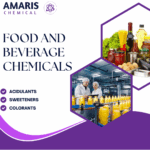
 Preservatives(food)
Preservatives(food) Flavor Enhancers
Flavor Enhancers Acidulants
Acidulants Sweeteners
Sweeteners Antioxidants
Antioxidants Colorants(food)
Colorants(food)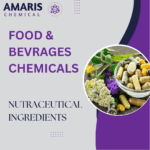 Nutraceutical Ingredients (food)
Nutraceutical Ingredients (food) Nutrient Supplements
Nutrient Supplements Emulsifiers
Emulsifiers
 Collectors
Collectors Dust Suppressants
Dust Suppressants Explosives and Blasting Agents
Explosives and Blasting Agents Flocculants and Coagulants
Flocculants and Coagulants Frothers
Frothers Leaching Agents
Leaching Agents pH Modifiers
pH Modifiers Precious Metal Extraction Agents
Precious Metal Extraction Agents
 Antioxidants(plastic)
Antioxidants(plastic) Colorants (Pigments, Dyes)
Colorants (Pigments, Dyes) Fillers and Reinforcements
Fillers and Reinforcements Flame Retardants
Flame Retardants Monomers
Monomers Plasticizers
Plasticizers Polymerization Initiators
Polymerization Initiators Stabilizers (UV, Heat)
Stabilizers (UV, Heat)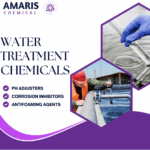
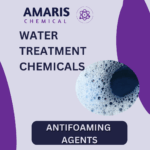 Antifoaming Agents
Antifoaming Agents Chelating Agents
Chelating Agents Coagulants and Flocculants
Coagulants and Flocculants Corrosion Inhibitors
Corrosion Inhibitors Disinfectants and Biocides
Disinfectants and Biocides Oxidizing Agents
Oxidizing Agents pH Adjusters
pH Adjusters Scale Inhibitors( water)
Scale Inhibitors( water)
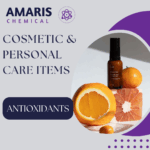 Antioxidants(cosmetic)
Antioxidants(cosmetic) Emollients
Emollients Fragrances and Essential Oils
Fragrances and Essential Oils Humectants
Humectants Preservatives
Preservatives Surfactants(cosmetic)
Surfactants(cosmetic) Thickeners
Thickeners UV Filters
UV Filters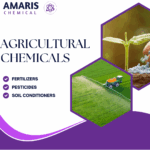
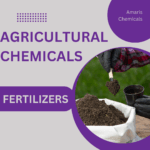 Fertilizers
Fertilizers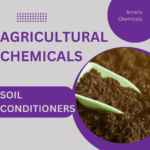 Soil Conditioners
Soil Conditioners Plant Growth Regulators
Plant Growth Regulators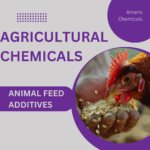 Animal Feed Additives
Animal Feed Additives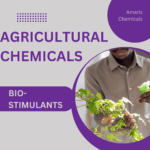 Biostimulants
Biostimulants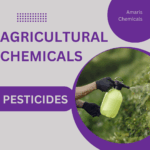 Pesticides (Herbicides, Insecticides, Fungicides)
Pesticides (Herbicides, Insecticides, Fungicides)
 Active Pharmaceutical Ingredients (APIs)
Active Pharmaceutical Ingredients (APIs) Excipients
Excipients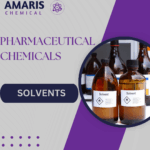 Solvents(pharmaceutical)
Solvents(pharmaceutical) Antibiotics
Antibiotics Antiseptics and Disinfectants
Antiseptics and Disinfectants Vaccine Adjuvants
Vaccine Adjuvants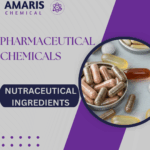 Nutraceutical Ingredients (pharmaceutical)
Nutraceutical Ingredients (pharmaceutical)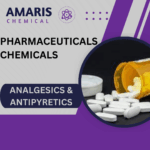 Analgesics & Antipyretics
Analgesics & Antipyretics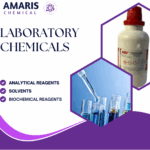
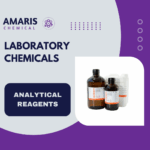 Analytical Reagents
Analytical Reagents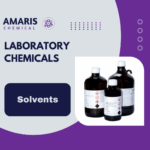 Solvents(lab)
Solvents(lab)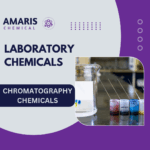 Chromatography Chemicals
Chromatography Chemicals Spectroscopy Reagents
Spectroscopy Reagents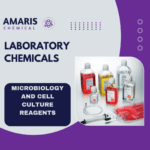 microbiology-and-cell-culture-reagents
microbiology-and-cell-culture-reagents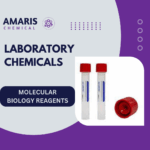 Molecular Biology Reagents
Molecular Biology Reagents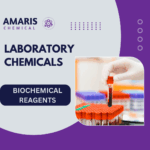 Biochemical Reagents
Biochemical Reagents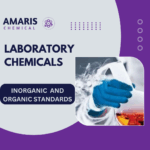 Inorganic and Organic Standards
Inorganic and Organic Standards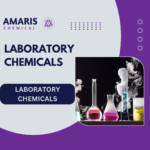 Laboratory Safety Chemicals
Laboratory Safety Chemicals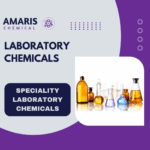 Specialty Laboratory Chemicals(Special Laboratory Equipment)
Specialty Laboratory Chemicals(Special Laboratory Equipment)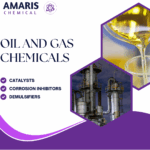
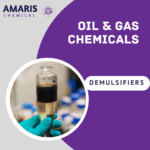 Demulsifiers
Demulsifiers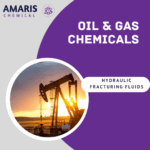 Hydraulic Fracturing Fluids
Hydraulic Fracturing Fluids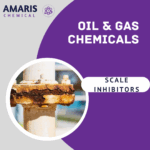 Scale Inhibitors(oil)
Scale Inhibitors(oil) Surfactants(oil)
Surfactants(oil)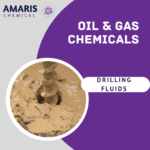 Drilling Fluids
Drilling Fluids
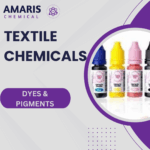 Dyes and Pigments
Dyes and Pigments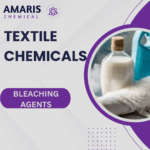 Bleaching Agents
Bleaching Agents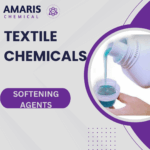 Softening Agents
Softening Agents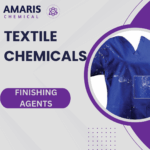 Finishing Agents
Finishing Agents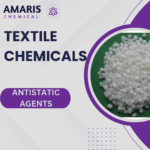 Antistatic Agents
Antistatic Agents
 Admixtures
Admixtures Waterproofing Agents
Waterproofing Agents Sealants and Adhesives
Sealants and Adhesives Curing Compounds
Curing Compounds Concrete Repair Chemicals
Concrete Repair Chemicals Anti-Corrosion Coatings
Anti-Corrosion Coatings
 Surfactants(cleaning)
Surfactants(cleaning) Builders
Builders Enzymes
Enzymes Solvents (Cleaning)
Solvents (Cleaning) Fragrances
Fragrances
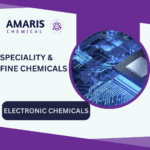 Electronic Chemicals
Electronic Chemicals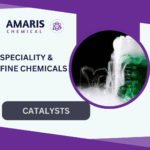 Catalysts
Catalysts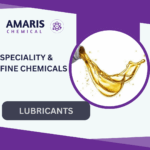 Lubricants
Lubricants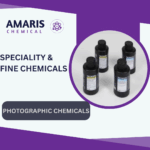 Photographic Chemicals
Photographic Chemicals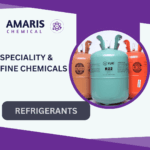 Refrigerants
Refrigerants Automotive chemicals
Automotive chemicals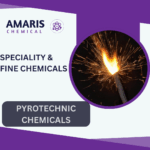 Pyrotechnic Chemicals
Pyrotechnic Chemicals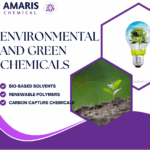
 Biodegradable Surfactants
Biodegradable Surfactants Bio-based Solvents
Bio-based Solvents Renewable Polymers
Renewable Polymers Carbon Capture Chemicals
Carbon Capture Chemicals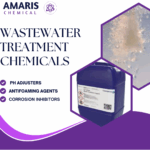 Wastewater Treatment Chemicals
Wastewater Treatment Chemicals
 Pigments
Pigments Solvents(paint)
Solvents(paint) Specialty Coatings
Specialty Coatings Binders/Resins
Binders/Resins Additives
Additives Driers
Driers Anti-Corrosion Agents
Anti-Corrosion Agents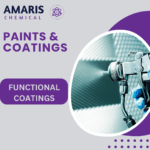 Functional Coatings
Functional Coatings Application-Specific Coatings
Application-Specific Coatings
 Fresh Herbs
Fresh Herbs Ground Spices
Ground Spices Whole Spices
Whole Spices Spice Blends
Spice Blends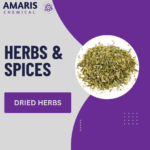 Dried Herbs
Dried Herbs
 Leavening Agents
Leavening Agents Dough Conditioners
Dough Conditioners Flour Treatments
Flour Treatments Fat Replacers
Fat Replacers Decoratives
Decoratives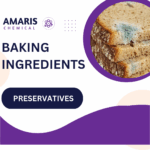 Preservatives(baking)
Preservatives(baking)
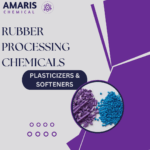 Plasticizers & Softeners
Plasticizers & Softeners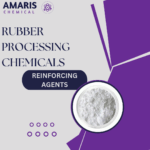 Reinforcing Agents
Reinforcing Agents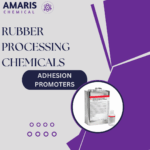 Adhesion Promoters
Adhesion Promoters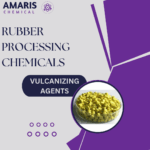 Vulcanizing Agents
Vulcanizing Agents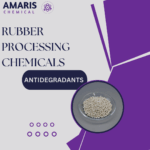 Antidegradants
Antidegradants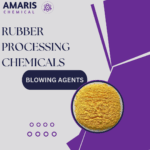 Blowing Agents
Blowing Agents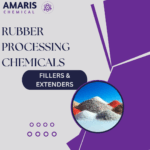 Fillers & Extenders
Fillers & Extenders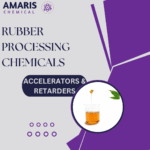 Accelerators & Retarders
Accelerators & Retarders
